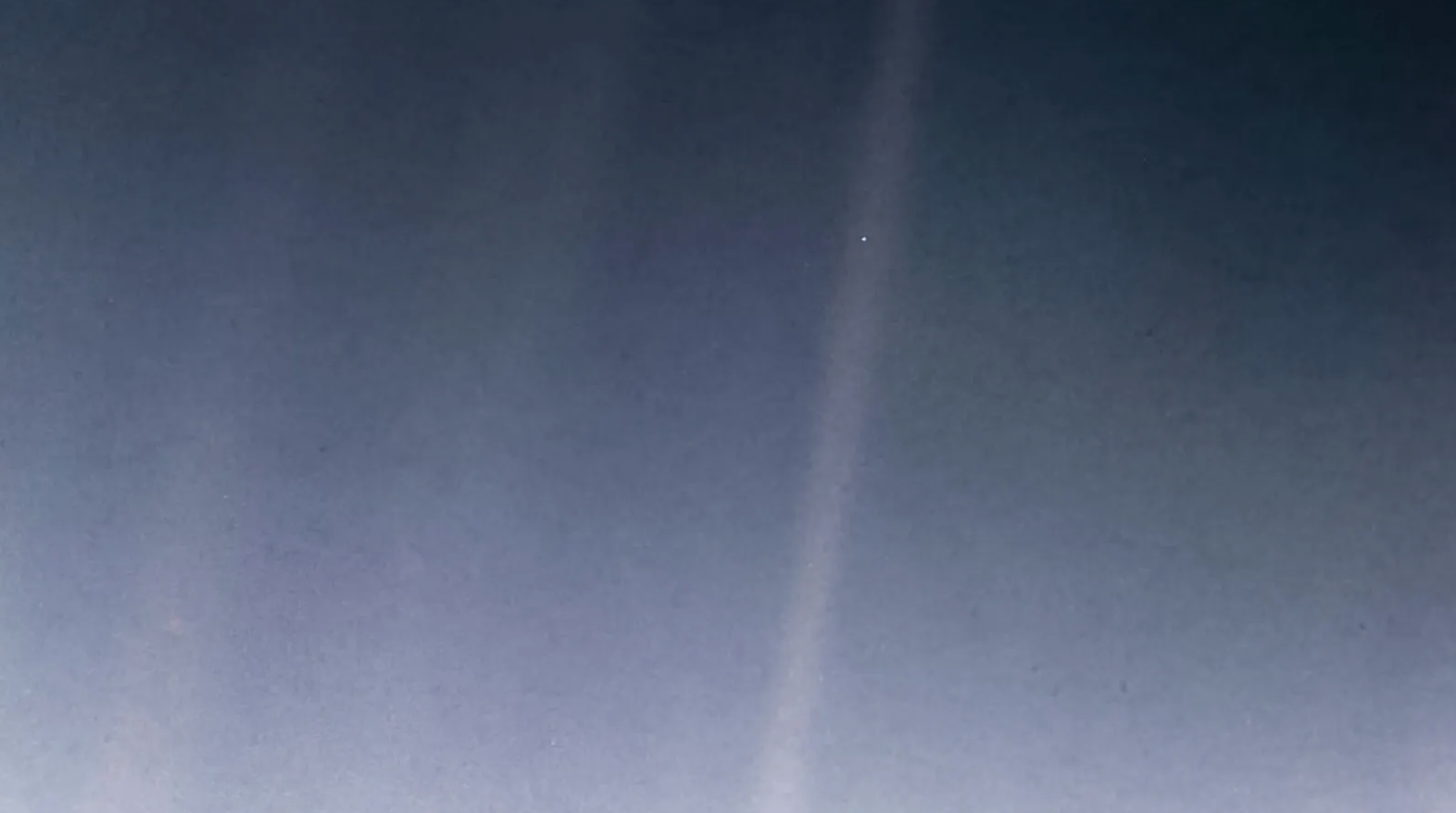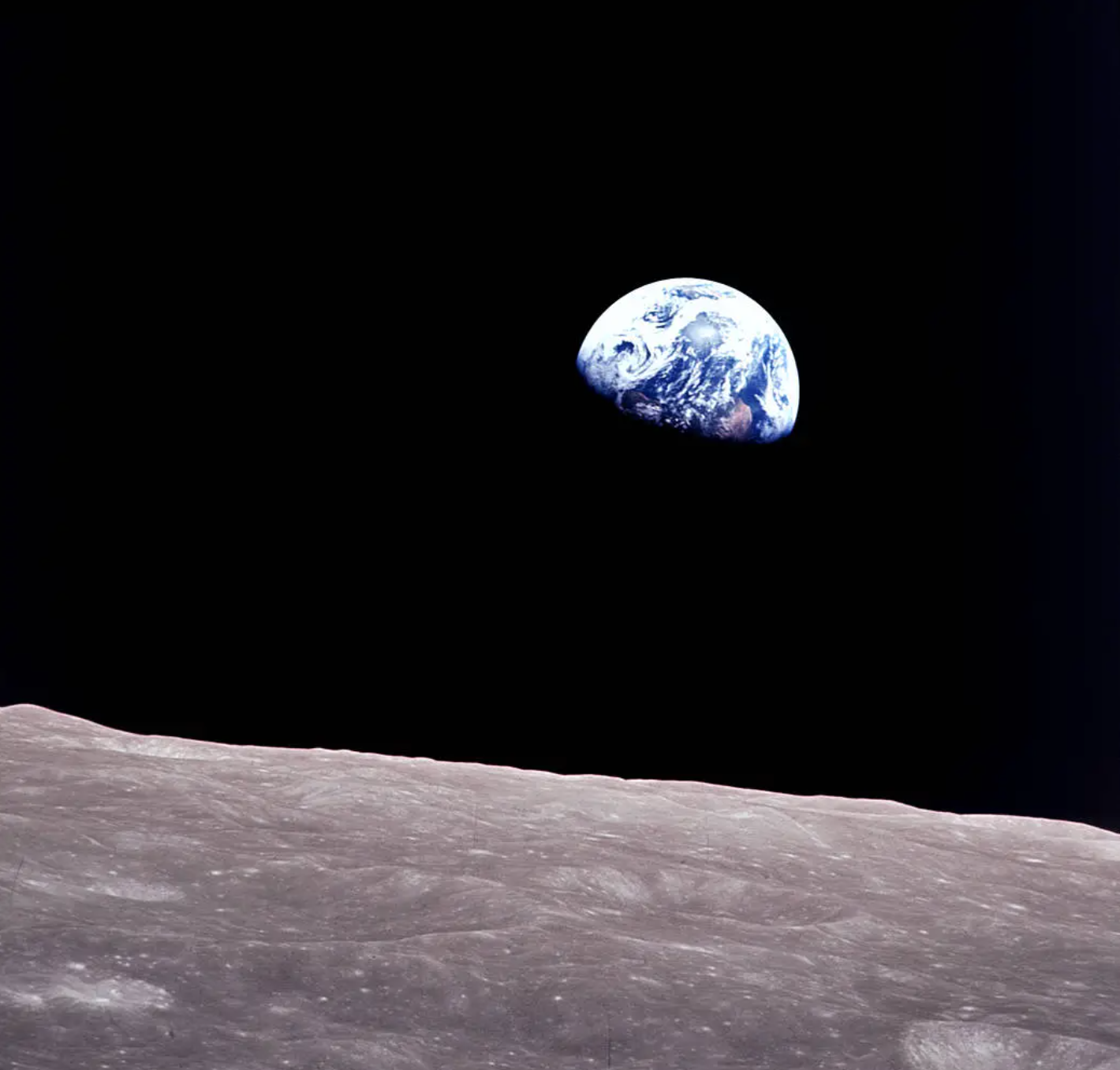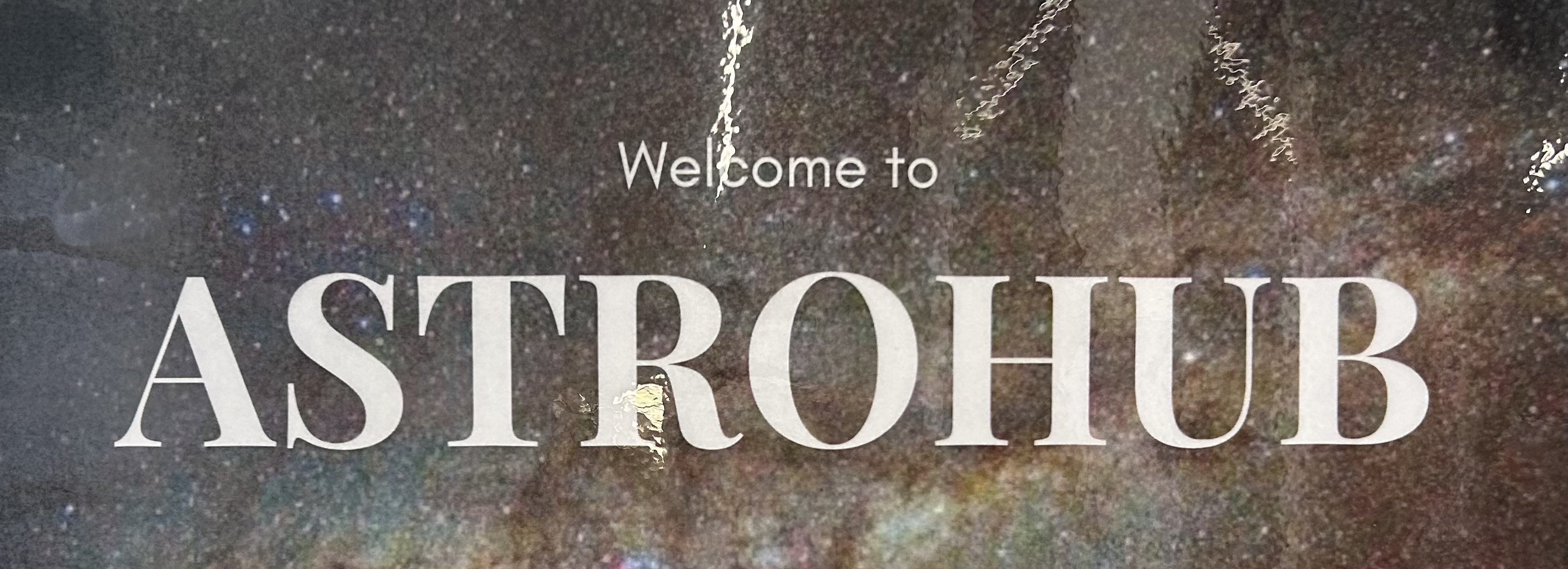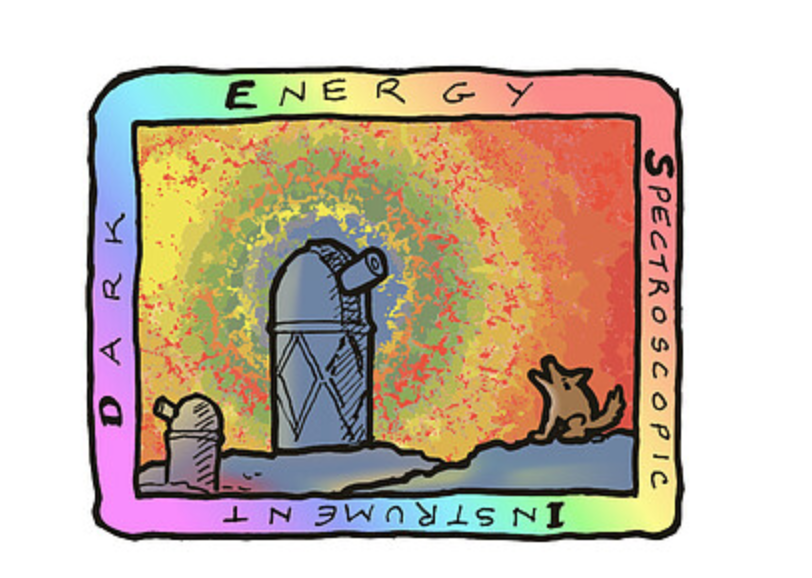
With this wonderful residency I have spoken to so many scientists. One of those I’d like to introduce you to today is:
Dr Leonardo Giani, Postdoctoral Research Fellow, Physics, University of Queensland.
Leo is doing many incredible projects and I’d encourage anyone to look at a 3D modelling of Laniakea. His website offers beautiful imagery of Laniakea and explains:
‘Our galaxy, the Milky Way, belongs to a supercluster of galaxies known as Laniakea. The main goal of this project is to estimate its gravitational backreaction or, in other words, to understand how (if at all) the latter influences our Cosmological inference. We propose a toy model where Laniakea is described as a triaxially expanding homogeneous ellipsoid, with constant expansion rate along the principal axes. To build the model we use the CF4 reconstruction of the peculiar velocity field in the local Universe, and the recently update definition of Laniakea obtained from it. In this page you will find some of our results from this paper, and some supplementary material, including interactive plots, which did not fit there.’
This topic was one of many that has my creative work on a path looking at distribution: of words, galaxy clusters, shapes and how we navigate spaces in our world.
I’ve been focusing on dark energy but that is a big broad church of many, many things. Velocities, superclusters, distances, compositions, scales and so much more.
I’ve been fascinated with constants in language and the malleability of phrases and sentences. This has me asking about the cosmological constant, well, constantly.
Hope you read Leo’s work and here is a part of a long conversation we had. Leo has inspired me down many strands and tendrils of the creative cosmos.
What is one thing we know about dark energy?
Leo: I will say that it challenges any understanding we have of gravity.
To the history of the cosmological constant…
Leo: From a historical perspective, the cosmological constant was introduced by Einstein because he had a philosophical preconception about the universe, which was pretty natural, which is — the universe is very old, so it makes sense to think of it, not as an evolving thing that changes with time, but as an eternal entity which has always existed, and so it had time to grow stars and whatever else there is inside it.
So, Einstein wanted to describe a universe which is not evolving, something more or less the same, and stuff in it evolves. He was a religious person, so I guess it also made sense for him to have this sort of stability. We all try for stability in this world apparently.
And if you take his equations by hand, you see that the fundamental variable in this equation, which is the space time metric, also the space time fabric, it’s dynamical. Because these are dynamical equations, so it changes with time. And in order to not change it, you need to add something which is immutable, and a constant does the job perfectly.
That’s why the cosmological constant was introduced. It’s something that (almost) kills the dynamics within the Einstein field equation, or makes them somehow constant. And it actually does the job.
Unfortunately, this solution, this static universe that Einstein found with a cosmological constant – unfortunately or fortunately, depending on the perspective – is unstable. It means if you change even slightly the amount of stuff that is inside or perturb it somehow, the perturbation makes the solution go away from a stable universe.
The cosmological constant was Einstein’s ‘mistake’. This is how it has been introduced historically, and that’s nothing to do with the accelerated expansion of the universe.

In cosmology, the cosmological constant problem or vacuum catastrophe is the substantial disagreement between the observed values of vacuum energy density (the small value of the cosmological constant) and the much larger theoretical value of zero-point energy suggested by quantum field theory.
(I have read many great papers and articles on this and Ethan Siegal’s piece from Forbes is really interesting and accessible).
Leo: Then in 1999, Perlmutter, Schmidt, and Riess came along (they jointly received the Nobel Prize in physics in 2011 for providing evidence that the expansion of the universe is accelerating). And so, people were like, okay, we need the cosmological constant again. But how big is it? It’s very small. How small compared to the Quantum Field Theory (QFT) predictions? Something between 60 and 120 orders of magnitude (smaller than a factor of ~10120). Literally like a zero with 120 zero after the comma. It’s a lot of zeros, 120. You cannot write it in a blackboard. I tried once.
And so, this is the new cosmological constant problem.
If we accept that dark energy is a cosmological constant, which is our best candidate so far, but, it’s still unclear…
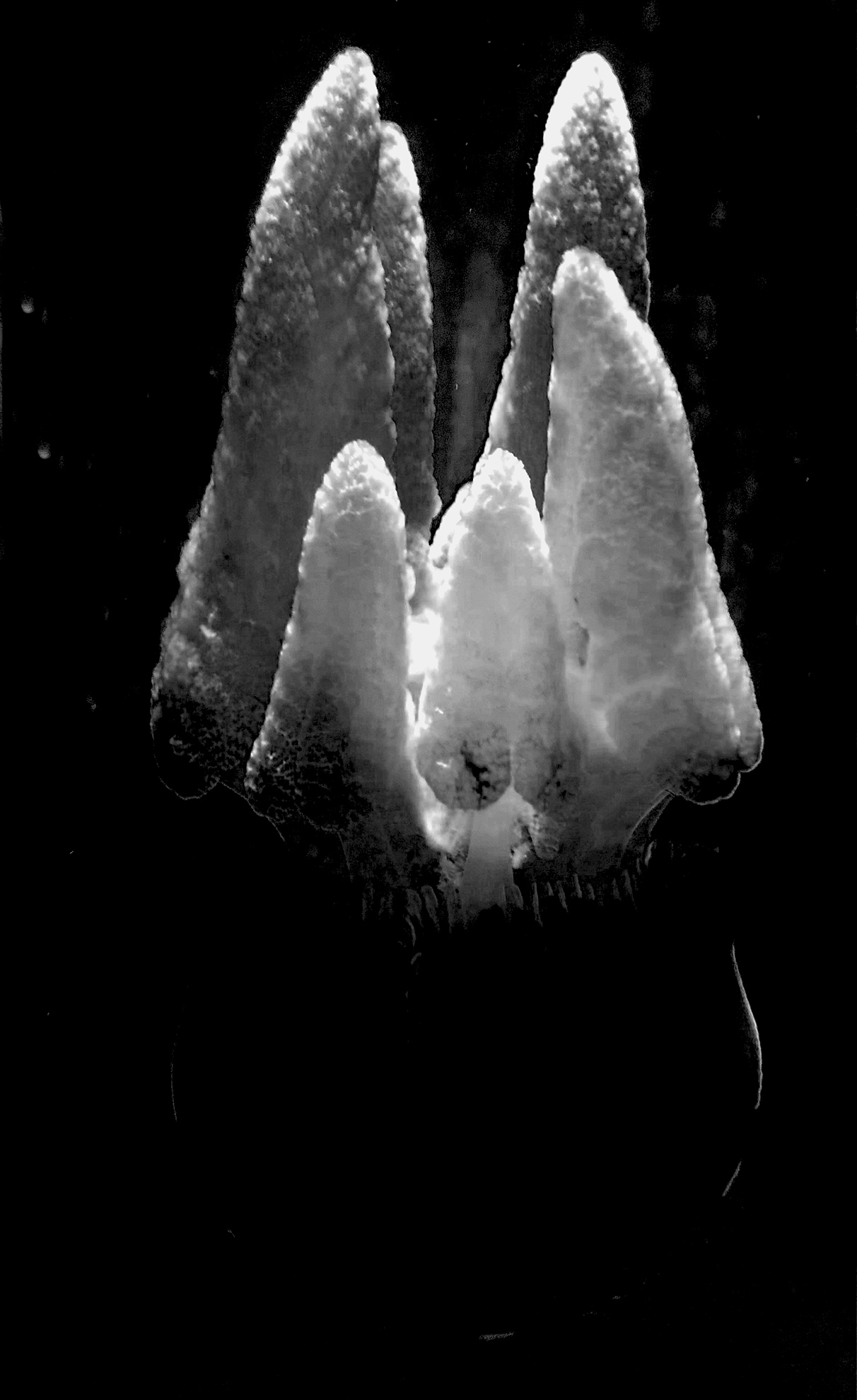
There’s exciting discoveries all the time in this field. I hope to share more about my discussions and notes soon.





